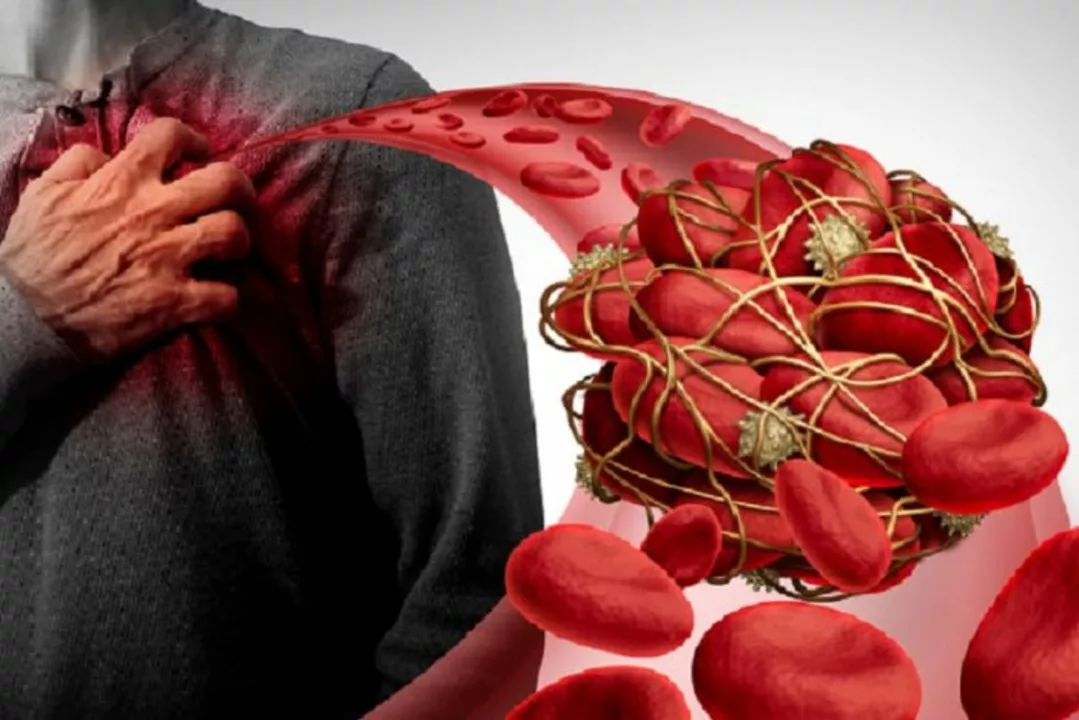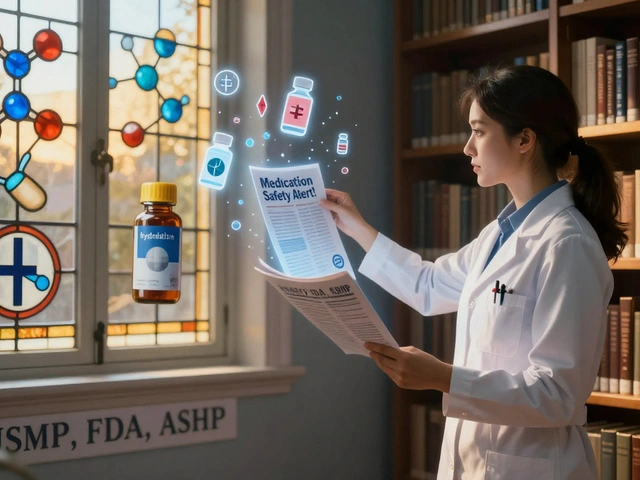Blood Clots: Signs, Risks & What To Do
A blood clot in a small vein after a cut is normal. A clot in a deep leg vein or the lung can be dangerous. Know the signs, the common causes, and the simple steps you can take right away. This short guide gives clear, practical info you can use today.
Spot the warning signs
If you have swelling, pain, warmth, or redness in one leg — especially below the knee — think about deep vein thrombosis (DVT). The leg may feel tight or heavy. If you suddenly get shortness of breath, chest pain that gets worse when you breathe, lightheadedness, or a fast pulse, call emergency services. Those are signs a clot might have moved to your lungs (pulmonary embolism), and it can be life‑threatening.
Clots don’t always cause dramatic symptoms. Small clots can be subtle: mild swelling, an ache that won’t go away, or a tender area that feels different from a muscle strain. If something feels off and it lasts more than a day, get medical advice.
What raises your risk and what helps prevent clots
Risk goes up with prolonged immobility (long flights, bed rest after surgery), recent surgery or trauma, cancer, pregnancy, hormonal birth control, smoking, obesity, and certain genetic clotting disorders. Age and some chronic illnesses add to the risk too.
Prevention is often simple: move regularly, stand and walk for a few minutes every hour on long trips, stay well hydrated, avoid smoking, and keep a healthy weight. After surgery your team may ask you to wear compression stockings or give you a short course of blood thinners — follow those instructions closely. If you travel, walk the aisle, flex your ankles, and drink water.
If you take anticoagulant medication (warfarin, apixaban, rivaroxaban, dabigatran etc.), follow up with your doctor and pharmacist. Warfarin needs regular blood tests (INR) and you’ll need to watch vitamin K intake from foods like leafy greens. Direct oral anticoagulants (DOACs) are easier in daily life but still interact with other drugs and some supplements. Tell every provider and your pharmacist you’re on one.
Treatment depends on where the clot is and how big it is. Most DVTs are treated with anticoagulants to stop growth and reduce the chance of new clots. Large or unstable clots sometimes need clot‑busting drugs or procedures. Compression stockings can help with swelling and lower the risk of long‑term leg pain after a DVT.
Bottom line: don’t ignore persistent leg pain or sudden breathing problems. Quick action saves lives. If you’re unsure, call your doctor or visit urgent care. If symptoms are severe, head to the ER right away.

The relationship between blood clots in stents and heart attacks
In a recent study, I came across the relationship between blood clots in stents and heart attacks. It turns out that blood clots formed in stents, which are small mesh tubes used to treat narrow or weak arteries, can lead to heart attacks. This happens when the clot blocks the blood flow in the artery, depriving the heart muscle of oxygen and causing damage. To prevent this, doctors often prescribe blood-thinning medications after stent placement. It's essential for patients with stents to closely follow their doctor's recommendations and attend regular check-ups to minimize the risk of heart attacks.
Read More



